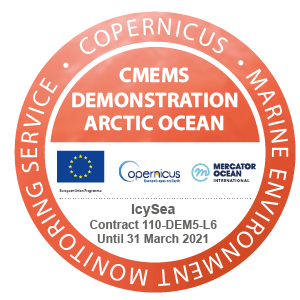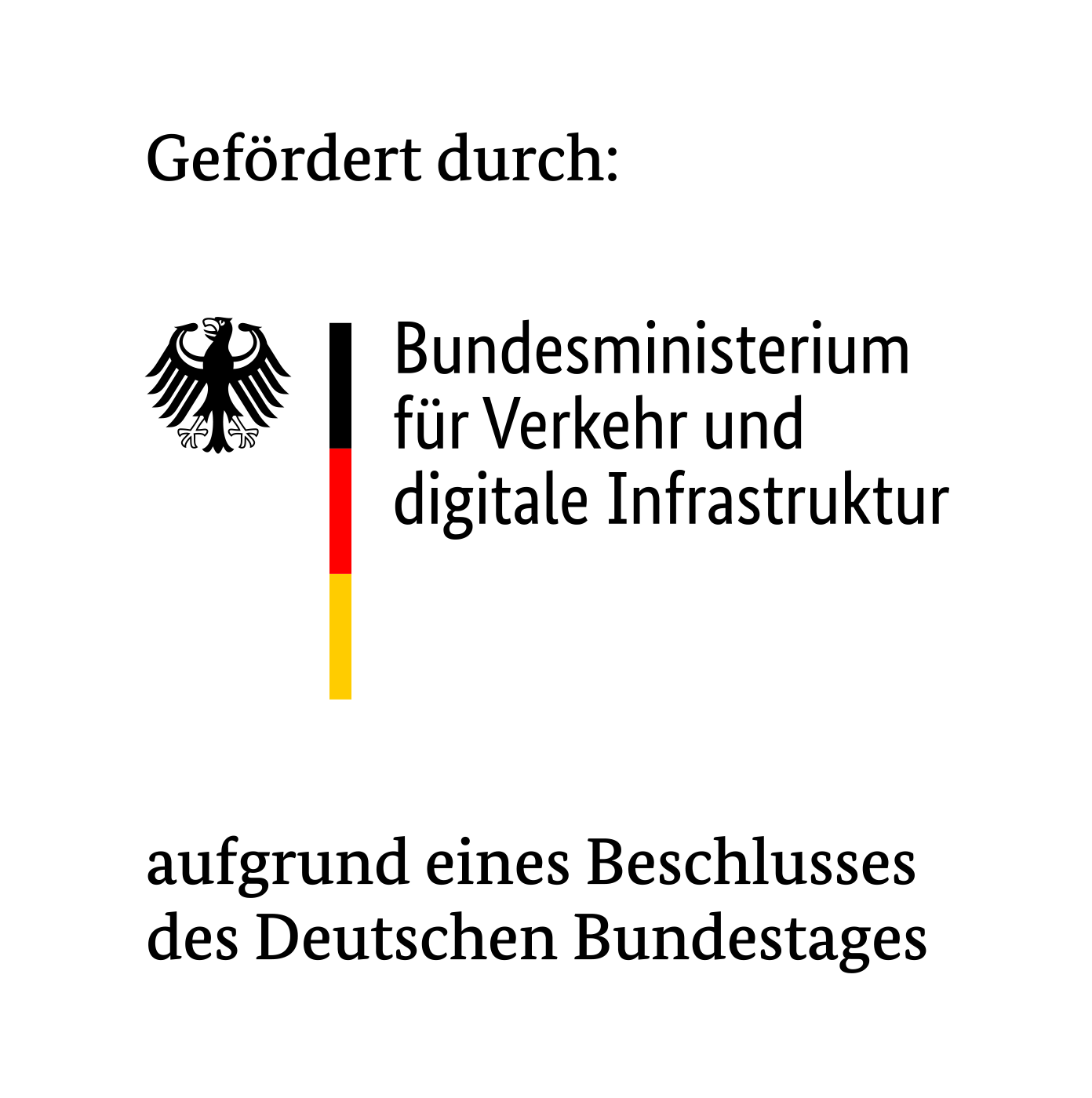IcySea provides near real time sea ice information for activities in the polar regions, reducing cost and risk, in a Polar Code compliant way. It is the sea ice service of choice of commercial companies (fishing, shipping, expedition cruise, offshore infrastructure, etc.), academia and research, and public sector clients. The map-based application offers time tested tooling for strategic planning, risk assessment and monitoring, operational and navigational support and decision-making. It covers both the Arctic and Antarctic regions and is optimized for low-bandwidth connections.
Customer testimonials
Detailed IcySea information
Data information
Details and meta-information about the sea-ice data provided by IcySea.
See detailed information
Video tutorials
Visual explanations of how to use IcySea and its features.
Watch tutorial videos on youtube
Sea-ice interpretation guidelines
How to interpret and understand sea-ice data within IcySea.
Read interpretation guidelines



Conditions of use
All users are required to register in order to use IcySea. Access to new data after the initial trial period requires an IcySea subscription. Please contact sales@driftnoise.com to discuss your ice information needs and to obtain a quotation.





